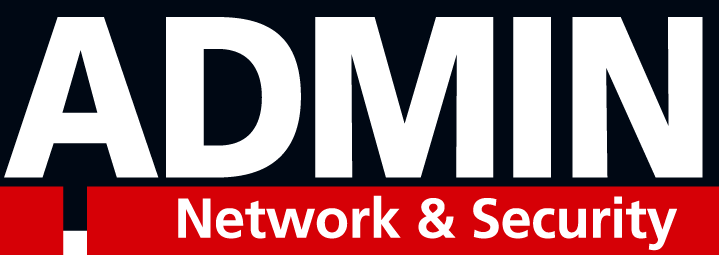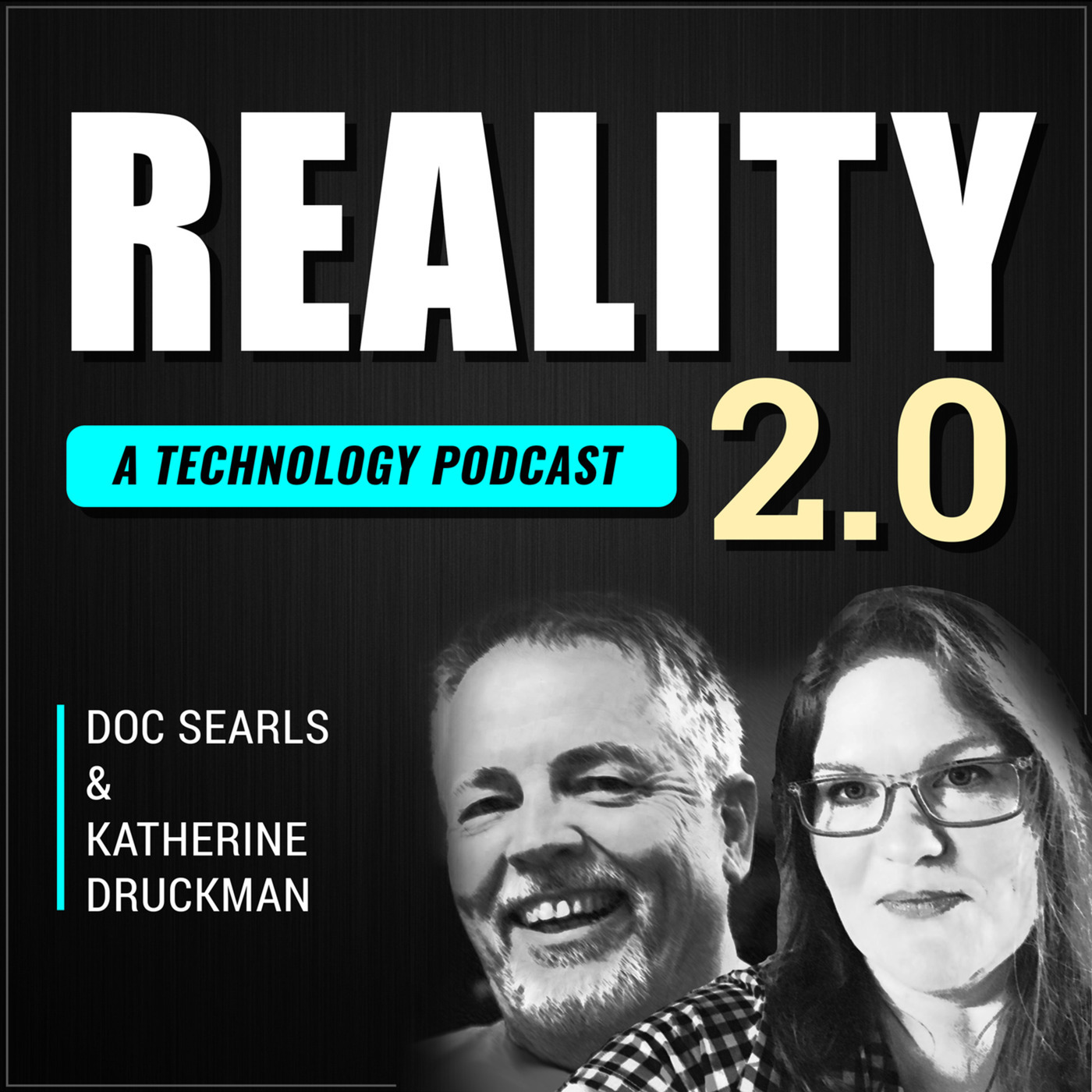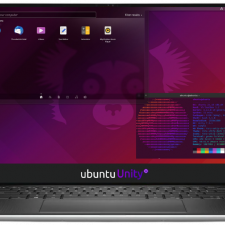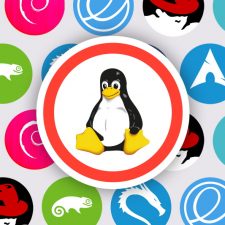Decentralizing the Data Center: Hybrid Cloud, Multi-Cloud and more
The public cloud differentiates itself from the private cloud in that the private cloud typically is deployed in the data center and under the proprietary network using its cloud computing technologies—that is, it is developed for and maintained by the organization it serves. Resources for a private cloud deployment are acquired via normal hardware purchasing means and through traditional hardware sales channels. This is not the case for the public cloud. Resources for the public cloud are provisioned dynamically to its user as requested and may be offered under a pay-per-usage model or for free (e.g. AWS, Azure, et al). As the name implies, the hybrid model allows for seamless access and transitioning between both public and private (or on-premise) deployments, all managed under a single framework.
But how did we get to cloud computing in the first place? While these are not the only reasons, cost, availability and disaster recovery were a large part of what motivated companies to transition from on-prem [-only] deployments to cloud or hybrid approaches. Now, let us fast forward to the present and we are seeing something entirely new: a complete decentralization of the data center.
But what does that mean? Once upon a time, companies transitioning or starting their operations in the cloud shopped around and found a public cloud service that best suited their needs. The final decision typically boiled down to cost and services. I would know. I used to work in a division of one of these large cloud providers and we were always going neck-to-neck with the other major players for mainly these key topics.
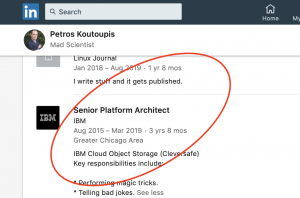
Anyway, times have changed. Companies have stopped going to a single cloud provider and are now pushing their products to multiple providers: enter the multi-cloud. The multi-cloud differs from a hybrid cloud, in that hybrid cloud integrates multiple cloud types (public or private). A multi-cloud approach involves 2 or more public cloud environments or 2 or more private cloud environments; that is, a single cloud type.
In many cases, the multi-cloud resulted from business units [in larger enterprises] seeking cloud services to tackle specific needs. Sometimes these cloud services did not align with the services [and providers] of another business unit. This disconnected ecosystem became extremely difficult to manage and automate. Software vendors have come to the rescue to address this disconnectivity and alleviated the pressures [and stress] of managing / monitoring the differing ecosystems. They also provided the very same enterprises with a means to pursue best-of-breed tactics to deploy cloud environments best suited for their specific business needs, further reducing the risks associated with relying on a single provider (i.e. availability, scalability, flexibility, security, etc.).

Another key advantage to the multi-cloud approach is to expand into newer global regions and bring compute or storage services [hosted by regional cloud providers] closer to the customer. This reduces poor response times for users that are thousands of miles away from a company’s headquarters (think IoT and edge computing). It can also address the adherence of personal user information enforced in laws and regulations local to that region.
For more information on cloud computing, please refer to my Deep Dive “Everything You Need to Know About Cloud Computing” Part 1 and Part 2.
![Random [Tech] Stuff](https://koutoupis.com/wp-content/uploads/2022/01/koutoupis-logo-3.png)

